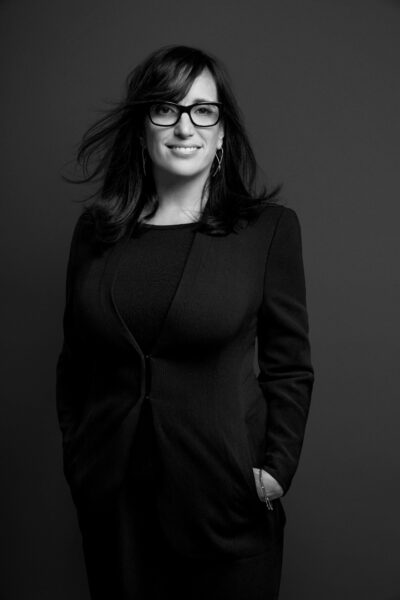
Basic Info
Name: Beth Shaw
Country of Origin: US
Website: https://bethkobliner.com
Description
Biography:
Beth Kobliner Shaw is a journalist, author and artist.
As journalist and author, Beth has spent her career helping people understand personal finance. She has written two New York Times bestsellers, Get a Financial Life: Personal Finance in Your Twenties and Thirties and Make Your Kid a Money Genius (Even if You’re Not), both from Simon & Schuster. She focuses on making complicated and often confusing financial jargon understandable, particularly to underserved groups.
Under President Obama, Beth served on the President’s Advisory Council on Financial Capability for Young Americans, and chaired the Money as You Grow subcommittee, producing a viral infographic that was adopted by the Consumer Financial Protection Bureau to teach financial know-how to kids all ages and economic backgrounds. In 2025, she received a grant from the Heckscher Foundation for Children and launched a financial basics curriculum pilot program for New York City high school students. Beth was a staff writer at Time Inc.’s Money magazine, a contributing writer to The New York Times, a regular money commentator on MSNBC, and money columnist for Glamour magazine. She’s also been a frequent expert on CNN, Today, and NPR.
In 2015, Beth began her art practice, creating “Found Constructions,” which are digital photo collages of materials and objects she comes across in daily life. The work explores our interest in, and sometimes compulsive need, to find the extraordinary in the ordinary and celebrate those findings into visual stories. Her work was first shown in the Hamptons House design and show and then selected for the Clio Art Fair in New York City in the summer 2024. Most recently, Beth’s work was part of a group show at Leila Heller Gallery New York. Her work is in more than a dozen private collections in New York City and Long Island, including the homes of several prominent art collectors.
Artist Statement:
It started on a construction site. Strands of brightly colored string wrapped around a boulder caught my eye—followed by a pick-up truck’s chipped paint and a shard of glass reflecting light in a puddle.
These found objects delighted me, and I felt compelled to photograph what I saw. These sightings continued on city streets, along dirt roads, and in the woods; before long, capturing these images became a practice. My process is always the same: I take a photo of my finding exactly as is—no rearranging, dusting off, or moving. I never know how it will fit with others I’ve taken.
It’s only when I sit down and start to pore over the thousands of images—grouping them into a grid of nine—that I get to build out a visual story of place, color, form, mood, or point of view. I swap out one, switch in another, reconfigure and rework until a cohesive tapestry emerges. What I see is what I shot—and though I often crop images, I don’t alter or enhance the colors of individual photos.
On closer look, the kelly green undercoat that peeks out from the chipped black truck is a map, a verdant landmass surrounded by a black ocean. Placed next to the hot pink twine neatly tied in a bow around a gray rock, the electric cobalt glass caught in a rain shower, and the burnt orange remains of a Midtown mesh fence, a neon narrative begins to unfold. It can take me months or years to finalize a group of photos that belong together. Once I do, I call it a “Found Construction.”

